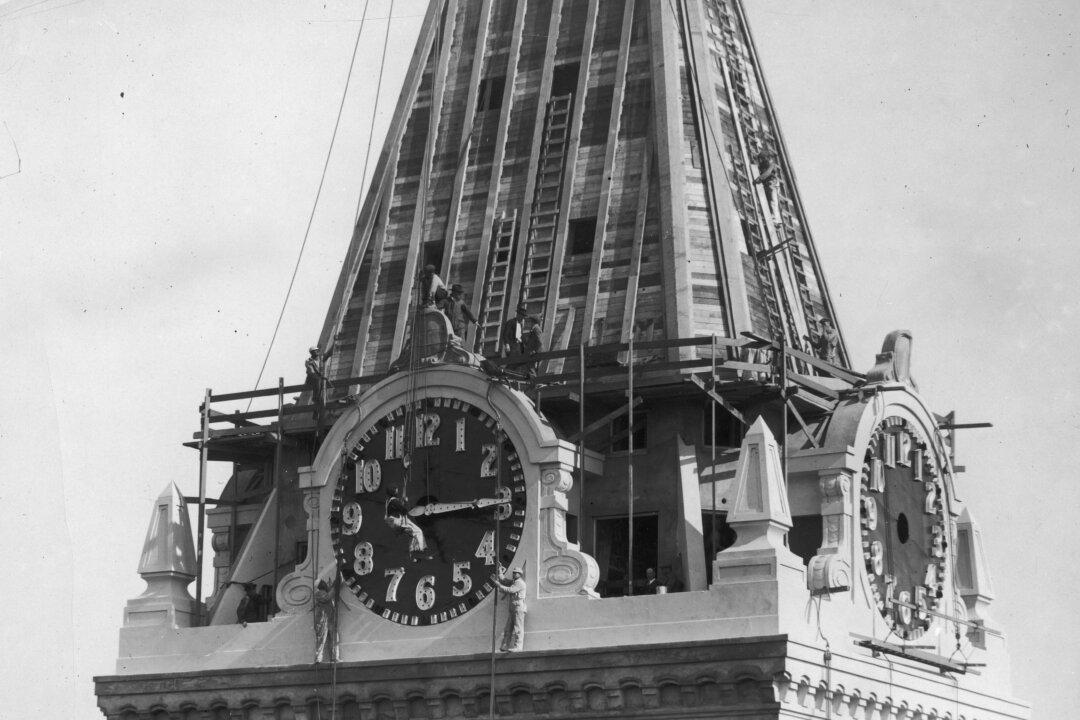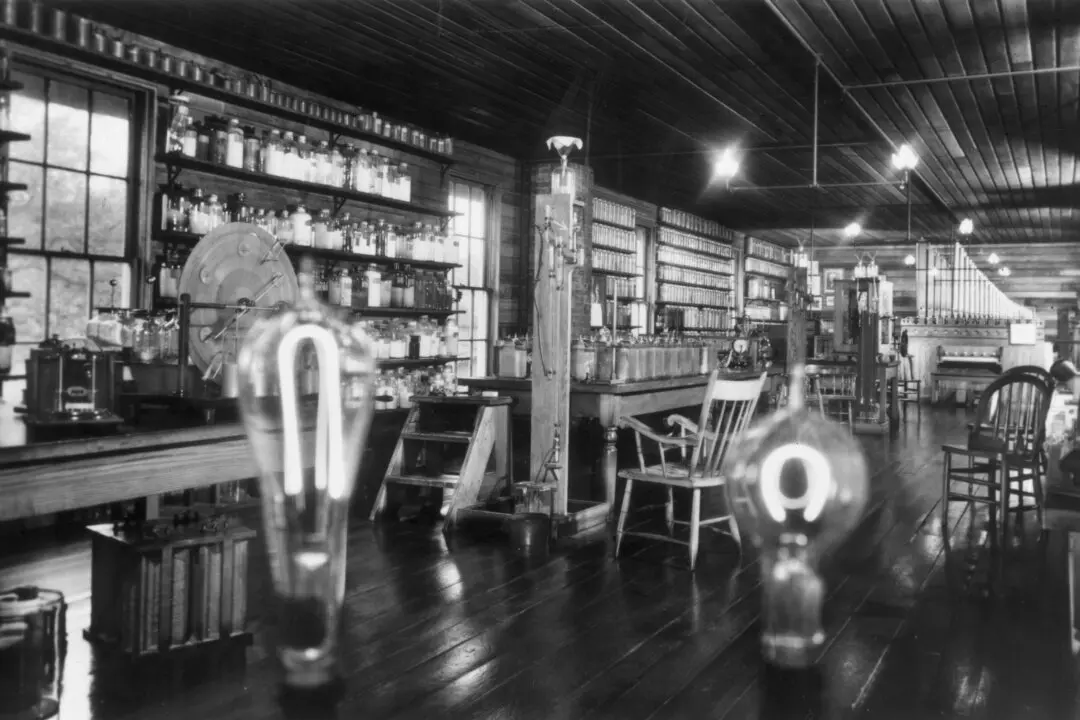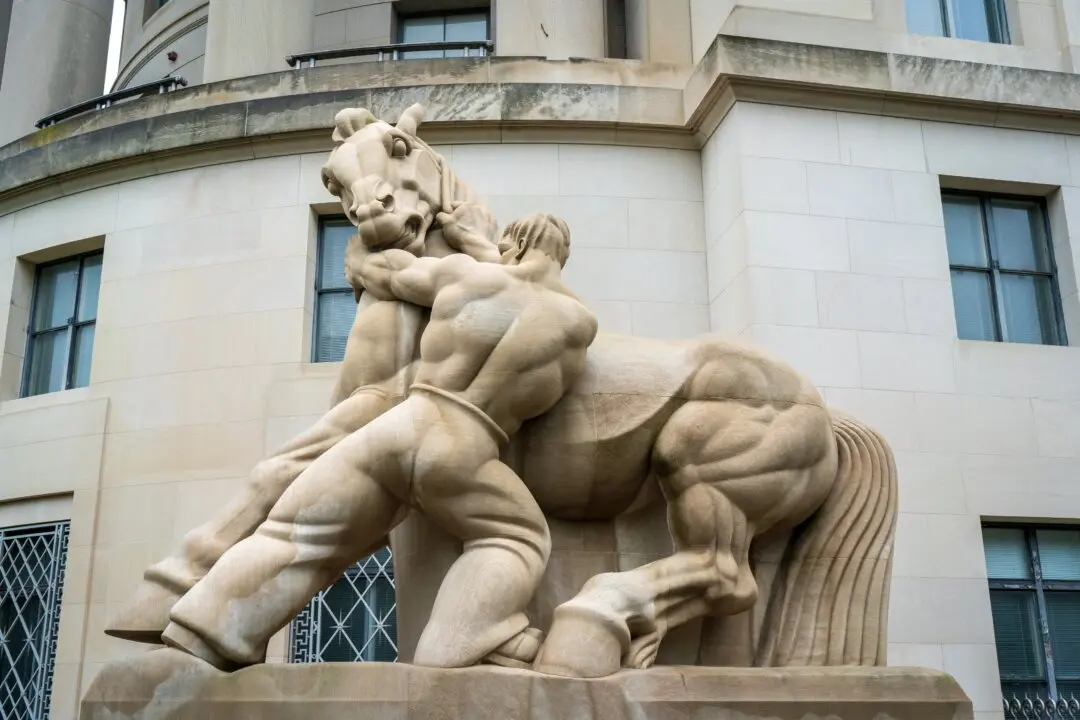Commentary
It was 4 p.m. on the dot when all at once, dozens of clocks of all sizes sounded the most beautiful symphony of dings, dangs, dongs, and coo-coos, and the metal and some wooden gears whirled with buzzing excitement for a few seconds. Then all went quiet again but for the gorgeous and relentless sound of ticking, some loud and some soft in various metal timbres of high and low.





